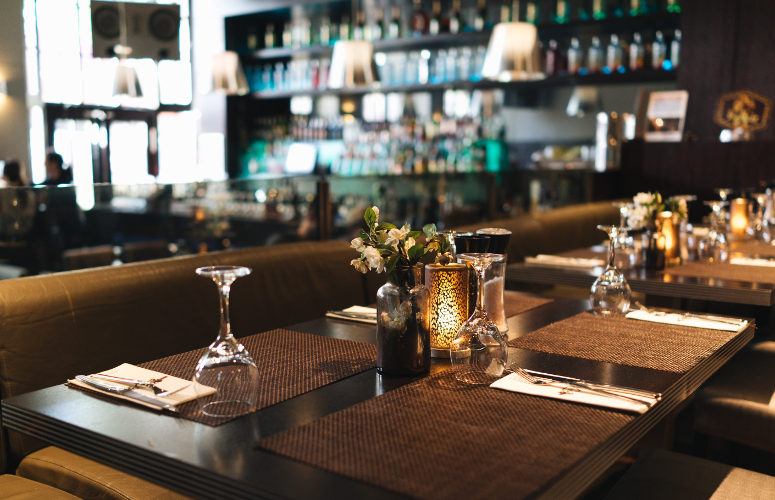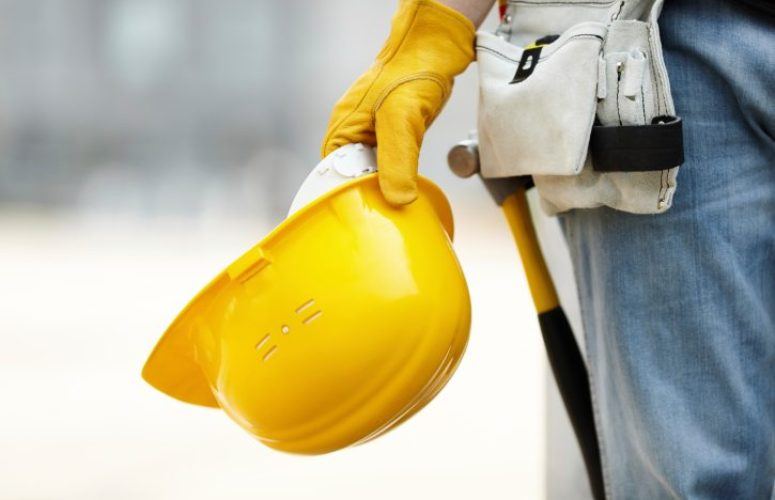
Governor Increases Indoor Dining Capacity to 35%, Drops 10 p.m. Curfew
On Feb 3, 2021Gov. Phil Murphy signed an executive order today that will allow restaurants to increase indoor dining capacity from 25% to 35%, effective Friday, Feb. 5 at 8 a.m. Additionally, the 10 p.m. statewide curfew that restaurants were operating under has been lifted. However, municipalities or county governments will be able to regulate service hours after 8 p.m. as had been permitted since mid-November.
“This approach gives local officials the ability to respond to unique situations where they notice non-compliance,” Murphy said at today’s COVID-19 press briefing.
The new capacity order also applies to indoor entertainment and recreation venues, including casinos and gyms. It also applies to personal care businesses such as barbershops and salons.
Indoor religious ceremonies and services, memorial and funeral services, weddings, political activities, and performance venues are similarly to follow the 35% indoor capacity rule and must not exceed a total crowd capacity of 150 people.
Murphy said he is making the adjustment because of the recent drop in COVID-19 hospitalizations. “For example, on Jan. 13, we reported 3,726 confirmed and suspected COVID-19 cases in our hospitals. Today, we are reporting a 20% decrease from that number,” the governor said.
Murphy said he was proud to be able to “protect” restaurants from the “roller coaster of openings and closings” that have occurred in other states. “We have been consistent in our approach. Because we opened indoor dining responsibly, we never once had to reduce capacity, and now because of your compliance, we can further expand indoor dining,” he said.
In a statement released this morning, Michele Siekerka, president and CEO of the New Jersey Business & Industry Association, commented that today’s announcement “is a good step in the right direction, particularly as it relates to restaurants being permitted to stay open past 10 p.m.
“Obviously, we would like to see greater capacity allowed than the 35% announced today,” Siekerka continued. “This is what our Main Street businesses, like restaurants, gyms and personal care businesses, really need and what New Jersey needs to galvanize its economic recovery and to get people back to work.
“We are encouraged that the governor is announcing these steps today, but we also respectfully encourage that more will be needed, sooner rather than later, with livelihoods continuing to be at stake,” she said.
It was back on March 21 when Murphy issued Executive Order 107, which among other things, prohibited restaurants from offering indoor dining, allowing them to only provide take-out service. On June 16, restaurants were allowed to offer outdoor dining.
There was a glimmer of hope at the end of June that restaurants could offer indoor dining at 25% capacity, but the governor rescinded that order just two days before the July 4th weekend. The decision was based on reports of COVID-19 rate increases in other states.
Though the governor finally allowed indoor dining at 25% capacity to take place on Sept. 4, the earlier decision to rescind “was the nail in the coffin of many restaurant owners,” recalled Marilou Halvorsen, president and CEO of the New Jersey Restaurant and Hospitality Association. “Many owners, who did not have two nickels to rub together at the time [because of the closings], bought inventory including food, personal protective equipment (PPE) and liquor, with their personal credit cards or personal savings. They were onboarding employees and implementing new sanitation protocols, and then they get a ‘No. I’m sorry’ from the governor? We were angry,” Halvorsen recalls.
She explained that the 10 p.m. curfew has been affecting both small restaurants and large dining venues because patrons usually go out to eat during the evening. Instead of turning a table over two to three times a night, restaurants were turning them over, on average, just once because of the 10 p.m. closing. Besides the limited capacity, this also was creating a significant revenue loss, Halverson said, adding, “And it’s not like COVID-19 happens at 10:01 p.m.”
Halvorsen, who will leave her post by mid-March to join the American Hotel and Lodging Association, said that what is needed to boost the restaurant, hospitality and tourism industries is more state spending on tourism promotion. Noting that the city of Philadelphia spends more money than the entire state of New Jersey in this area, Halvorsen said, “We need to make an investment to get people back in our hotels, visit our attractions, and dine in our restaurants. I hope the state makes a commitment to that.”
To access more business news, visit NJB News Now.
Related Articles:





